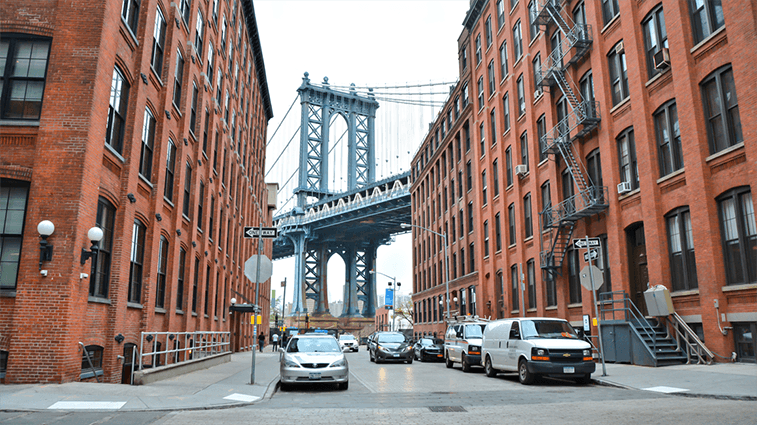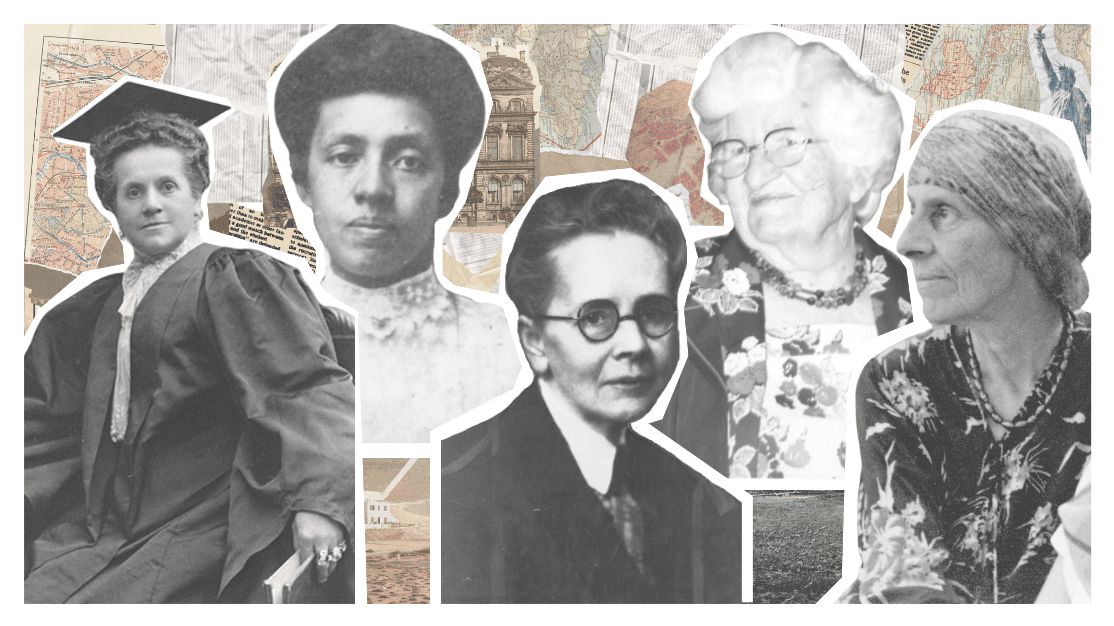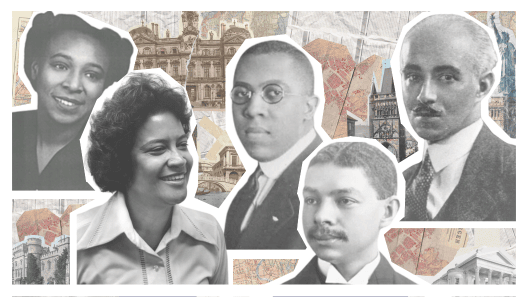
NYC’s Industrial Residentialization
The redevelopment of industrial areas for residential use has been a trend throughout New York City’s recent history. Thirty years ago it was happening in neighborhoods like Soho and Tribeca. Today luxury residential development has expanded to industry parts of Dumbo and North Brooklyn. However, a new residence cannot be established in just any manufacturing district. New residences are only allowed in what are called Special Mixed Use Districts.
There are four manufacturing Special Mix Use Districts:
MX Districts: MX Districts pair a manufacturing district with a residential one, creating a combo district. Residences in MX Districts are allowed as-of-right subject to the rules of the residential district. MX Districts are the most common Special Mix Use District.
M1-D Districts: M1-D Districts are a kind of contextual district that will allow residences through special permit issued by City Planning. The districts range from M1-1D to M1-6D. M1-D districts are much more scarce than MX Districts.
M1-M Districts: Limited to Chelsea, M1-M Districts may delineate some floor area within an industrial building to residential.
Artists Districts: Artist Districts allow joint live-work spaces for artists in industrial buildings. Artist districts are exclusive to Noho and Soho.
MX Districts
MX Districts are paired districts containing both M and R assignations, allowing a building to be manufacturing or residential. Residential and manufacturing uses must observe their respective zoning requirements within the paired district. All manufacturing districts within paired MX districts are M1, while residential districts can range anywhere from R3 to R10.
Residences in MX districts are permitted as-of-right and do not require a special permit. Generally speaking, residences in MX districts are subject to bulk regulations of the designated residential district. However, residences in R6-R9 must comply with Quality Housing bulk requirements as defined in Section 23-153.
MX districts are governed by Article 12 Chapter 3 of the NYC zoning resolution. See the list of 16 MX districts in Zoning Resolution Section 123-81.
Example
MX-2 is a Special Mixed Use District in Dumbo, Brooklyn. There are several paired districts within MX-2, including M1-5/R9-1. Zoning requires new and enlarged manufacturing buildings in this district to abide by the requirements of the M1-5. Residences can be built in this district as-of-right, but as a R9-1 they must follow the Quality Housing bulk requirements laid out in Section 23-153.
M1-D Districts
Article 4 Chapter 2 Section 42-02 of the NYC Zoning Resolution permits residential use in contextual districts M1-1D to M1-5D. M1-D districts are Special Districts that allow only limited residential development. They are rarer than MX districts and usually function as a transition to a commercial district.
Unlike MX Districts, City Planning requires a special permit for residences in M1-D Districts. Section 42-47 explains the requirements laid out by City Planning for residential use in M1-D Districts. They include rules for residential and commercial uses within one building, the circumstances for vacant land and guidelines for land with minor improvements. City Planning reserves the right to impose additional measures as necessary.
M1-D districts come with their own residential bulk regulations as laid out in Section 43-61. These bulk rules grant a residential FAR of 1.65, a building height of 32 feet, an equation to calculate the maximum number of dwelling units allowed (total floor area / 675) among other requirements related to side yards, street line distance and more. Parking regulations for M1-D Districts are defined in Section 44-28.
M1-6D Districts
The Zoning Resolution treats M1-6D Districts with more leniency. Section 42-10 allows M1-6D districts to have residences as-of-right and by certification. To qualify, a building in this district must have 40,000 square feet and have existed before April 25, 2011.
M1-6D comes with separate bulk regulations outlined in Section 43-62, allowing a much higher total FAR of 10.0 for non-inclusionary housing areas (9.0 for residential). FAR may be as high as 12.0 for affordable housing.
Example
28th Street between 7th and 8th Avenues is an M1-6D district. Unlike other M1-D districts, the M1-6D doesn’t need City Planning approval and residences can be built as-of-right. Since this district is also an Inclusionary Housing area it is allowed an FAR of 9.0 for residential.
M1-M Districts
In parts of Chelsea in Manhattan, M1-M districts allow some residential use in industrial buildings. Table II in Article 1 Chapter 5 of the Zoning Resolution provides the breakdown for how much floor area a building must preserve for commercial and manufacturing use. Residences are allowed in M1-M districts as-of-right so long as they abide by Table II. M1-M districts have just two variations, M1-5M and M1-6M.
Artists Districts
Artists districts are districts allowing artists to live where they work in manufacturing buildings. Currently these districts are limited to the neighborhoods of Noho and Soho (M1-5A and M1-5B). In order for residents to live in a building in these districts they must complete an artist registration with the Department of Cultural Affairs.
Questions about the zoning code. Have a project that requires consultation? Contact Outsource here.








